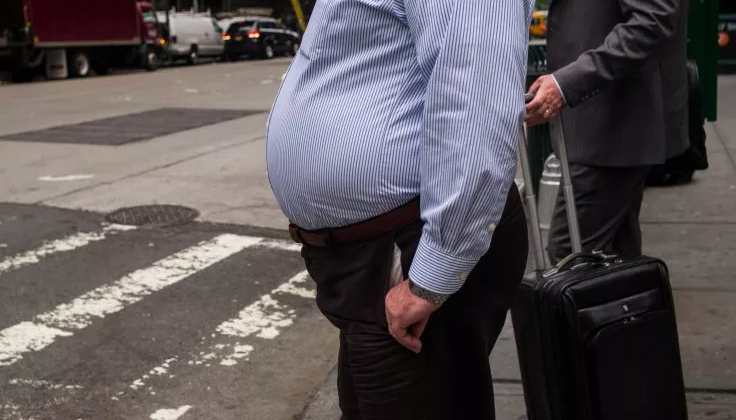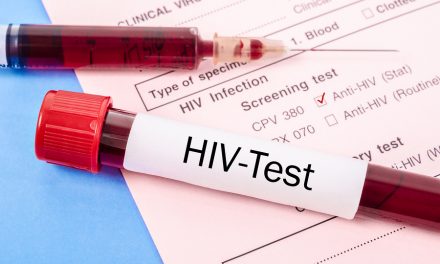A new study suggests that around half the U.S. adult population will be obese by 2030, while one in four will fall into the severely obese category.
The study was published in the New England Journal of Medicine and led by the Harvard T.H. Chan School of Public Health. The study noticed that levels of obesity are increasing in every state.
The U.S. Centers for Disease Prevention and Control (CDC) reports that around 40 percent of the U.S. adult population was obese in 2015-2016. However, if current trends continue, the study found that over half the population in 29 states will have a Body Mass Index (BMI) above 30 (which is considered obese) with several states approaching an obesity ubiquity of 60 percent. The study authors also predict there will be no state with an obesity level below 35 percent.
RELATED STORY:
Lead author Zachary Ward, programmer/analyst at Harvard Chan School’s Center for Health Decision Science said:
“This means that we project that what will be the best states with the lowest obesity prevalence are going to be at the same level as some of the worst states now.”
Ward said even more concerning is the predicted rise in severe obesity, which often amounts to more than 100 pounds in excess weight, adding:
“(it) used to be a rare condition. but is quickly becoming the most common BMI category nationwide for women, non-Hispanic black adults, and adults with annual household income below $50,000.”1
Ward said the projections, which are based on self-reported responses from more than 6.2 million U.S. adults between 1993 and 2016, show that levels of severe obesity could be higher than 25 percent in half of the states, stating:
“Especially striking was our finding that among adults with very low income (less than $20,000 per year), severe obesity is projected to be the most common BMI category in 44 states— virtually everywhere in the U.S.”1
Because of the limitations to self-reporting (which tend to be biased), the researchers compared answers to data from the BMI distributions from the National Health and Nutrition Examination Survey (NHANES), which uses standardized examination procedures to measure height and weight measurements using a nationally representative survey.
RELATED STORY:
The research took place to inform state policymakers, and conceivably help reverse the trend. The study authors say the best form of attack is prevention. Limiting intake of sugary drinks is highlighted as one of the most effective and cost-effective methods for reducing obesity levels, and a tax likely to save more money than it costs.
One recent study published in September 2019 puts blame for today’s obesity epidemic firmly on the shoulders of sugar, concluding high-sugar diets during childhood in the seventies and eighties could be behind the rise. Ward told Newsweek:
“We knew from previous work that obesity is increasing in the U.S., and that some states and demographic groups are at higher risk, but we were surprised that even the states with the lowest projected obesity prevalence in 2030 will be above 35 percent—a level currently considered high.”
“What is clear is that we will not be able to treat our way out of this epidemic—achieving and maintaining weight loss is difficult—so prevention efforts will be key to making progress in this area.”1












